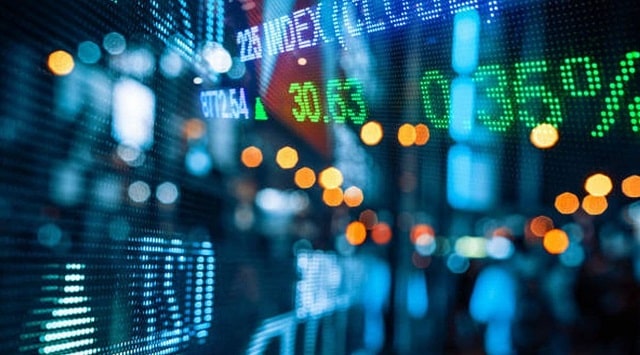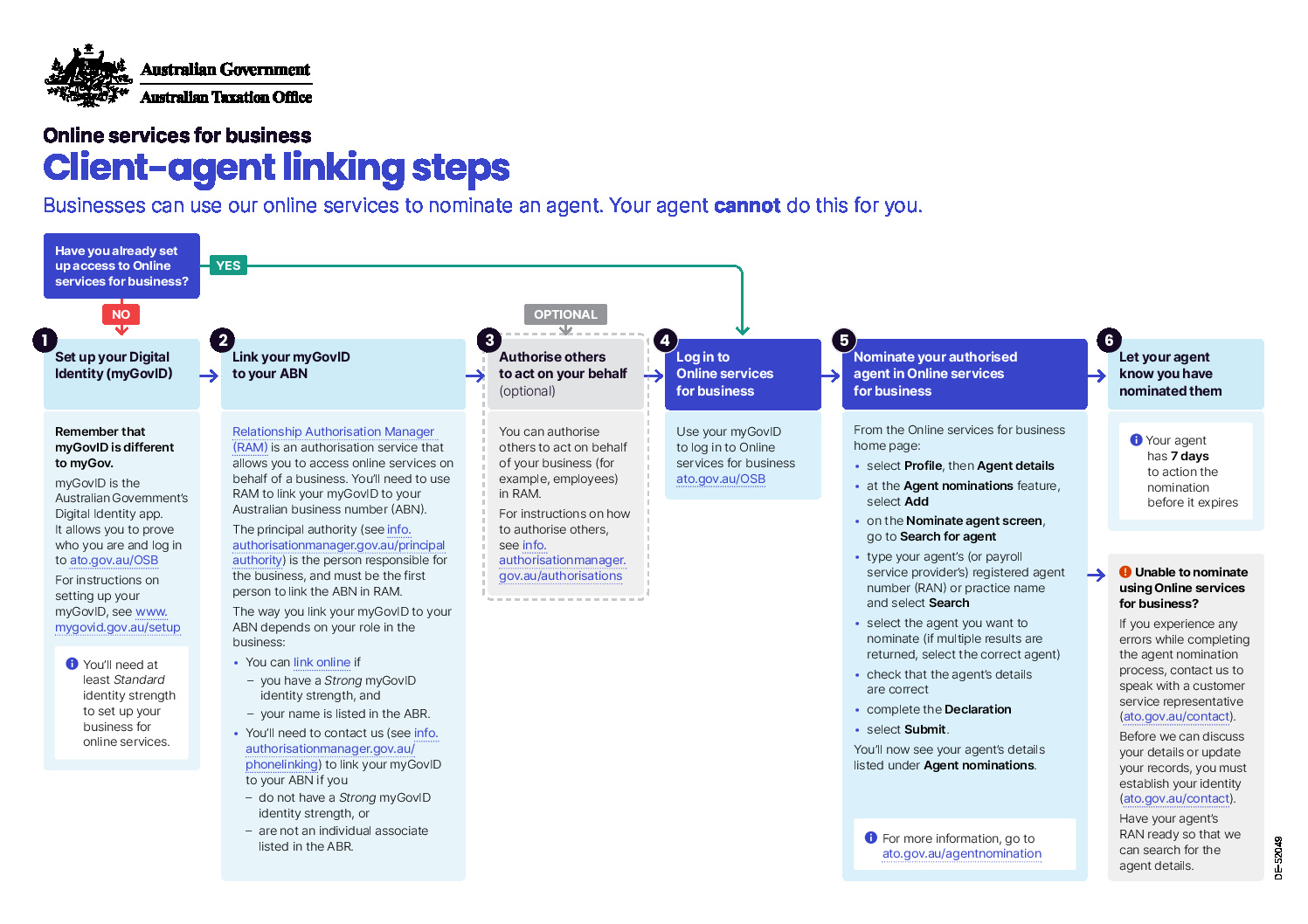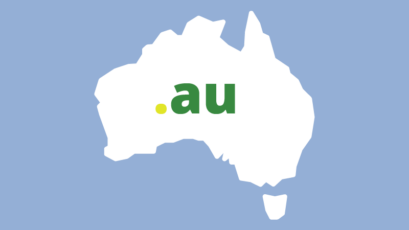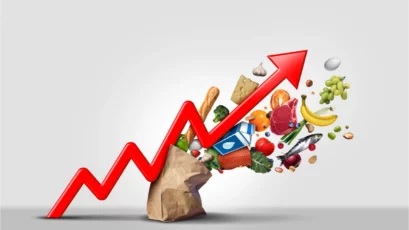With everything changing so quickly at the moment we thought it would be timely to provide you with a Market Update for July 2021.
Australian equities
The Australian equity market (as measured by the S&P/ASX 200) continued its upward trend to record a ninth straight positive month, returning (+2.3%) which takes the June quarter up a strong (+8.3%). The Financial-Year posted an extraordinary (+27.8%). Markets continue to be underpinned by global vaccine rollouts, an accommodative monetary environment, never seen before fiscal support and strong sentiment of a post-Covid economic recovery.
Quarterly returns were led by “growth” orientated sectors with Information Technology (+12.1) – following the global lead – Communications Services (+10.6%) and Healthcare (+9.0%) – wiping out the previous three quarter losses – whilst “value” sectors Consumer Discretionary (+11.2%), Real Estate (+8.9%) and Materials (+8.9%) continued to perform well. We saw Mid-caps with a higher consumer discretionary bias (+10.1%) outperformed large caps (+8.2%) and small-cap (+8.5%).
International equities
Global equity markets performed strongly in the June quarter, although supply chains, labour shortages and inflation fears have increased the risks going forward, investors remain buoyed as solid economic numbers were posted by the U.S. and Europe – underpinned by strong corporate earnings as markets, particularly in the U.S. The UK, Asia and emerging markets were mixed as increased infections and further lock-downs caused havoc across certain regions whilst political uncertainty negatively impacted others. The US market (S&P 500) returned another strong quarter (+10.0%) whilst broader global equity markets (MSCI World NR AUD) provided investors with a healthy (+9.3%) gain; Emerging Markets (MSCI EM Index AUD) still managed to produce a very good return of (+6.6%), albeit still lagging developed markets as a result of the geopolitical uncertainty and renewed concerns over potential monetary policy tightening; Europe (STOXX Europe 600 index) returned a solid (+8.9%) whilst the Asian markets (MSCI AC Asia Ex Japan) continued to lag in 2021 recording (+5.1%).
Property & Infrastructure
The Australian listed property sector (S&P/ASX 200 A-REIT) returned a (+10.5%) which has moved the sector into positive territory for the year after poor returns in January and February. The divergence in performance across sub-sectors continues with Office and Retail still struggling.
Global listed property (+11.5%), continues to outperform the narrow domestic sector and global listed infrastructure returned a weaker (+4.6%), both currency unhedged, and helped by a weaker Australian dollar. Both sectors continue to provide solid returns and continued diversification benefits as yearly numbers remain impressive (+25%) and (+9.5%) respectively. Returns should continue to be supported by vaccine rollouts and the gradual reopening of global economies and infrastructure-led fiscal stimulus packages.
Bonds and Cash
Central banks globally, including the RBA continue to remain accommodative in support of bond markets. Yields on 10-year treasuries, both domestically and globally reversed the gains of the first quarter falling considerably in June. The 10-year Australian Treasury yield decreased from 1.772% to 1.471% whilst the 10-year US Treasury yield experienced a similar movement, falling from 1.74% to 1.47%, with both falling further intra-month. These falls potentially indicate inflation fears would be transitory and/or a function of increase virus concerns. Australian bonds (Bloomberg AusBond Govn 0+Yr) returned (1.7%) whilst global bonds (BBgBarc Global Aggregate TR Hedged) provided(+0.9%). Cash yields remained untouched as the RBA left the official rate at 0.10% throughout the quarter.
Quarter in review
A stellar quarter for markets especially with the backdrop of rising inflation concerns, particularly in the USA, and rising virus cases as the pace of reopening powered ahead in some countries and faltered in others. Investor sentiment was boosted by central banks strongly reiterating their commitment to continue providing plenty of support whilst governments around the world maintain their emergency fiscal policy settings.
The quarter started off with bang as 1st quarter company reporting season proved to be very fruitful with earnings continuing to roll off the poor numbers from last year and an extraordinary amount of fiscal stimulus in the hands of households and businesses resulting in a positive spending/investment shock. Most corporates provided healthy guidance for the quarters ahead, but the recurring them was clear inflationary pressures and concerns around labour shortages and material / commodity costs.
Economic data showed signs of continued improvement early in the quarter as the positive momentum of reopening gathered pace. This along with some very large US inflation prints resulted in market participants questioning central bank commitment to continue with the current pace of stimulus and their commitment to look through higher inflation readings in the short term, with many bringing forward their expectations of when central banks, and the US Federal Reserve in particular, would begin to taper (reduce) their pace of stimulus. This affected returns in May but mostly so in the US with the technology sector particularly hard hit, which cascaded into technology and other high valuation sectors getting hit. In contrast, markets with less technology and growth-related exposure fared well, particularly Australia and Europe, where financials, materials, and industrials make up a larger share of their markets.
Poor jobs data in the US, given the overly generous amounts the federal government is paying people to effectively stay at home through to September, along with rising virus cases and central bank reaffirmation of their commitment to be slow, measured, and well telegraphed in any changes to their policy, resulted in a collapse in government bond yields (ie. bond prices higher) which helped boost asset prices across the spectrum, particularly so for technology and other growth-related stocks which had been hard hit in May.
The US dollar also rose strongly at the back end of the quarter as investors sought refuge in the best performing developed economy, with foreign investors rotating strongly into US bonds and equities. This currency move put strong down pressure on the Aussie dollar, falling to levels not seen since November 2020
Looking Forward
We, along with most investors and economists, will be acutely focused on the pace of reopening (and hence virus/vaccine data and government policy reactions), the inflation versus deflation debate, and any potential central bank policy missteps, as these will dictate market movements in the short term. At this stage, we believe that the overall pace of reopening will continue to improve, that the inflation / deflation debate will settle in favour of the latter, and that any central bank policy missteps are unlikely to perturb markets given they’re likely to err on the side of caution and go too slow rather than too hard in terms of removing stimulus.
That paints a positive picture for most asset classes in the period ahead. Unfortunately, whilst the outcome is likely to be positive over the medium term, it’s likely the journey won’t be given there’s still plenty of things to work through over the coming few years. Important in the period ahead will be diversification, both across and within asset classes, a selective approach to assets held rather than broad exposure, and time in the market rather than trying to time your entry to and exit from markets.
If you have any questions regarding the above please click here to contact us.













